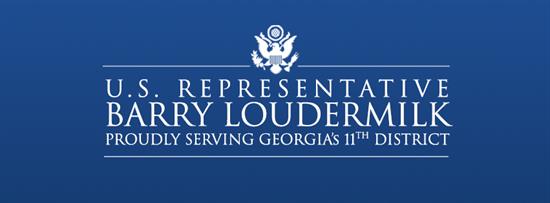In The News
WSJ: The Inflation Tax Rises
Washington,
October 13, 2021
Wall Street Journal:
Is inflation still “transitory,” as the Federal Reserve and White House like to say? Not if you’ve been visiting the grocery store, gas pump, online retailer, or anywhere else across the U.S. economy. And not judging by Wednesday’s report on consumer prices for September, which showed the same rapid rate of inflation that has been apparent this year. The Labor Department said the consumer price index rose 0.4% in September, up from 0.3% in August. This means the price level has increased 5.4% in the last 12 months and 6.5% on an annual basis so far in 2021. This is the largest year-over-year increase since 2008, and the details in the report add to the evidence that inflation is likely to be persistent. Remember when used-car prices popped in the spring, and various progressive sages said inflation would vanish when those prices stopped rising? Well, in September used-car and -truck prices fell 0.7%, but the increase in the cost of other goods and services more than made up the difference. Used-vehicle prices are still up 24.4% in the last 12 months, by the way, and the price of new vehicles rose 1.3% in the month and are up 8.7% for the year. Try renting a car or truck and, assuming you can find one, you’ll pay about 43% more than you did in September 2020. Food and energy prices rose 0.9% and 1.3%, respectively. While the Federal Reserve tends to discount those two categories because they are volatile, consumers still pay for both. Beef prices are up 17.6% over the last 12 months, and fresh fish and seafood are 10.7% higher. Major appliances are 9.6% more expensive, while furniture and bedding rose 11.2%. We could go on. The September report also included omens of future inflation, notably the rise in housing costs. Actual rents rose 0.5% for the month, while owner-equivalent rents rose 0.4%. The latter is especially important because it makes up nearly a quarter of the CPI, and the increase in housing costs shows up in owner-equivalent rents with a lag. Housing costs have been soaring, with the Case-Shiller index up nearly 20% in a year as of July. This increase will flow into the CPI next year. The debate over transitory or persistent inflation boils down to whether the cause is monetary or pandemic-related supply-chain shortages. The supply shortages are real, and the pandemic has obviously played a role. The bond market has until recently been remarkably complacent, which is another argument for the transitory camp. But we learned from Milton Friedman that inflation is always and everywhere a monetary phenomenon. And there’s no question the Fed has been pursuing one of the most radical monetary experiments in history since April 2020. The actions were warranted in the early pandemic days to offset the damage when the government shut down the U.S. economy. But the Fed has kept the same policies for some 19 months even as the economy has regained its pre-Covid level of GDP. The breadth of the goods and asset-price increases also suggests a monetary cause. Pick a financial asset or material commodity and its price has climbed. Real estate is booming, including homes and farm land. A plot in Johnson County, Iowa, recently sold for a record $26,000 an acre. So much money is chasing assets that smart or manipulative folks (take your pick) have been inventing assets like non-fungible tokens for investment, some of which have no tangible value. The dollar has held up better than one might expect in a broad inflation, but then the world’s other major central banks have pursued the same policy of near- or below-zero rates and quantitative easing. All of this has been great news for asset holders, and many speculators, but workers are paying the price. Real average hourly earnings rose 0.2% in September but they are down 0.8% since a year ago. Real hourly earnings are down 1.9% since January when Joe Biden became President. What the progressive government giveth in transfer payments, it taketh in higher prices and real wage declines. (See the nearby chart.) The White House knows all of this has become a political problem, which is why it ignores inflation and focuses instead on its frantic if belated efforts to fix supply-chain bottlenecks. It’s nice to see the demand-side Keynesians in the White House and media suddenly discover the supply side. But if they really want to help with supply, they’ll forgo their planned tax and regulatory increases on producers. One event to watch is who takes the political rap for 5% inflation. Fed Chairman Jerome Powell’s term expires next year, and the White House could decline to reappoint the Trump-appointee and blame him. That wouldn’t be entirely fair, since Mr. Powell has been doing what the White House and Treasury have wanted. But then politics is unfair, much like price increases. READ MORE |
